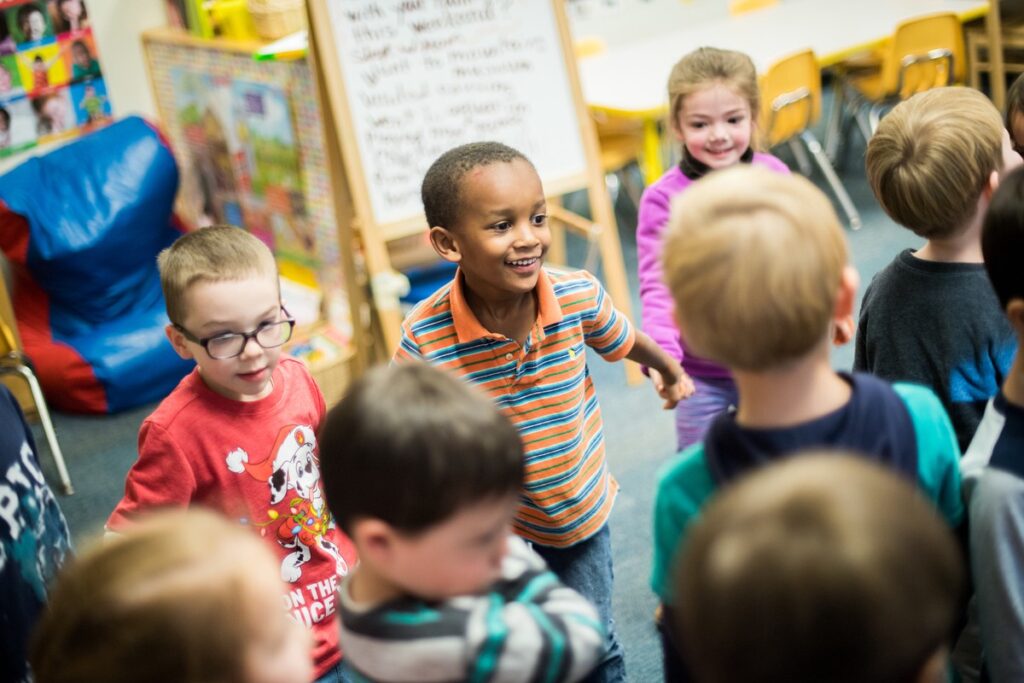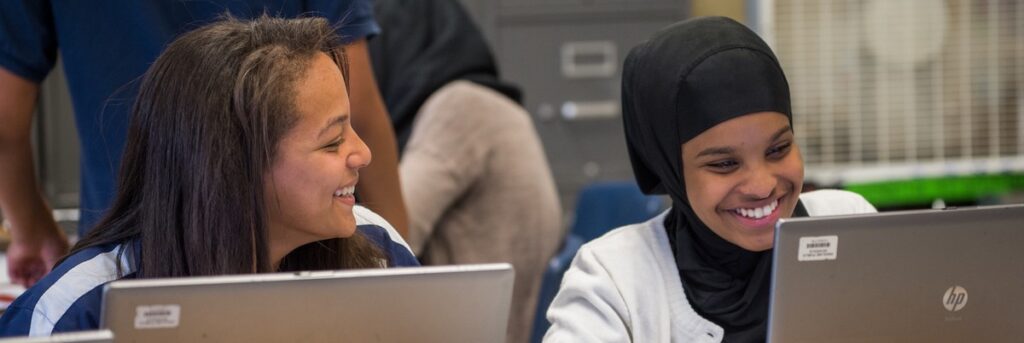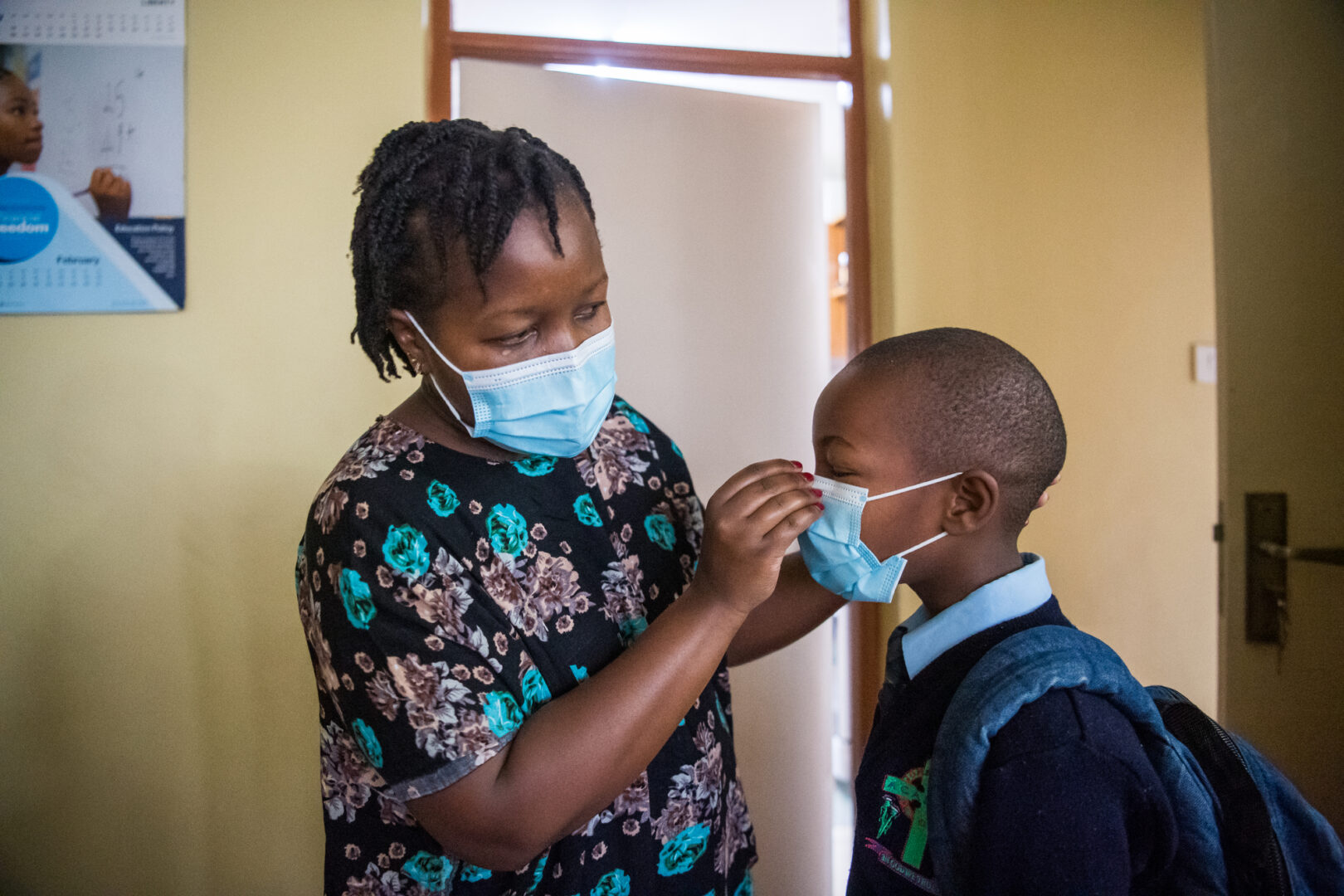Back to school anxiety
We are in the peak of summer across the US, but all eyes are on the next six weeks when kids will head back to school.
But, what will they go back to?
Parents and caregivers are stretched. We’re cobbling together activities and childcare while anxiously wondering how we’ll manage school, work, and family in the fall. School systems are creating logistics plans and securing protective equipment. Some teachers and administrators are preparing to return to the classroom. Others are preparing for remote learning.

And then there are the kids…many, like mine, are content playing Minecraft and Animal Crossing. But all kids are missing their friends, teachers, and daily routines.
For all of us, it seems impossible to both plan for a new school year, when there is so much to make up for from the last one.
The ripple effects of lost learning
In March, 48 states and DC ordered or recommended school building closures for the rest of the academic year, impacting at least 120,000 public and private schools — and more than 50 million students. We now know just how critical classroom hours are for K-12 students.
We must work to close the divides that allow students to slip through the cracks and fall behind — and instead invest in every student’s potential to pursue their education to the best of their ability — whether from a classroom desk or the living room couch.
A recent report from McKinsey suggests that the ripple effect from loss of learning due to school closures could last a lifetime. And, because of existing disparities in education, these losses will be exacerbated in Black and Brown communities.
The digital divide

One of the greatest challenges is the digital divide — the division between individuals and communities that have or don’t have access to information technology. When schools closed, tens of thousands of students across the country never logged in to remote learning sessions.
For all those kids at home playing Minecraft, it is estimated that between 9–12 million public school students in the US lack adequate internet connectivity and devices where they live. In addition, 81% of superintendents reported that the lack of internet access at home was a major barrier to shifting fully online for remote learning when the crisis began.
Education SuperHighway is an organization working to close the divide by helping states and districts procure devices and internet access — allowing the rapid piloting of different device and connectivity approaches.
Digital learning platforms allow schools to pivot to remote instruction and to supplement classroom learning beyond classroom hours. Online platforms for math in particular have seen significant upticks in use. However, those students who lack access to technology and internet slip further behind their peers who are able to consistently access such services.
Addressing the digital divide and investing in digital learning have always been core areas of investment for the Gates Foundation’s US Education team and is now part of Gates Philanthropy Partners portfolio of grantmaking.
Regardless of the decision schools make to re-open or return to remote learning, we have the opportunity to accelerate advancements in connecting schools and students with the technology needed for learning in today’s rapidly changing world. We must work to close the divides that allow students to slip through the cracks and fall behind — and instead invest in every student’s potential to pursue their education to the best of their ability — whether from a classroom desk or the living room couch.
Finally, for those interested in supporting a teacher or classroom near you, DonorsChoose.org is a great organization that allows teachers across the US to highlight opportunities for giving direct to classrooms.
Here are a few great articles about heading back to school this fall…
- Pods, Microschools and Tutors: Can Parents Solve the Education Crisis on Their Own?
- Anxiety and Coping With the Coronavirus
- 3 cities kept schools open during the 1918 pandemic. Experts say 2020 is different
- How other countries reopened schools during the pandemic — and what the US can learn from them

